My goal is that Live Simply Natural becomes a resource to help you feel empowered when making lifestyle and food choices. I’m a big believer that eating a well-balanced diet is the best way to optimize your health. So I’m breaking down everything you need to know to unlock the nutritional powerhouse of the most common whole food ingredients. Today I’m sharing all about – TOMATOES!
Produce Guide: Tomatoes
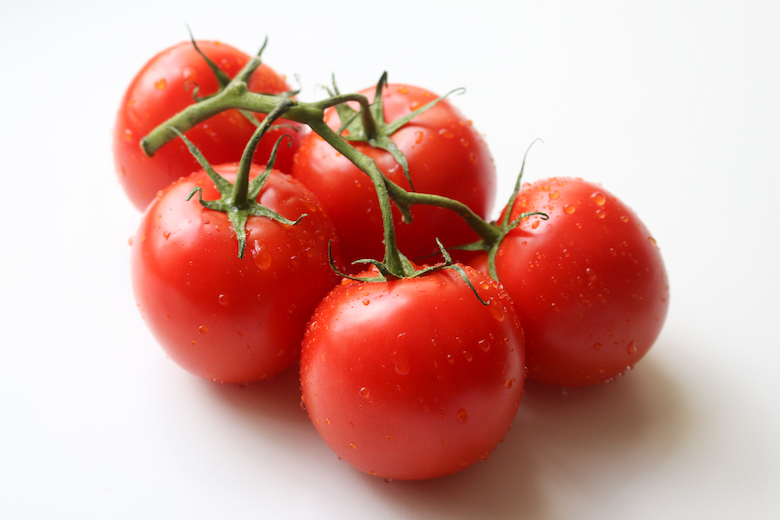
Tomatoes are pretty much available all year round but it’s not until the summer that they really come into their peak ripeness. There are many different varieties of tomatoes, tiny types like grape, plum, and cherry for snacking pleasure, firm, petite Romas, good for cooked foods, and hefty beefsteak, ideal for BLTs and burgers. The colors can vary as well, from the palest pink to yellow, and even purple. The ways to prepare tomatoes are endless: sun-dried, fried green, stew, sauce, paste, ketchup, juice, Bruschetta, veggie soup, pizza, salsa, salad and so many more!
-
HEALTH BENEFITS
Tomatoes are a member of the nightshade family, which also includes veggies like peppers, eggplant, and potatoes. They are considered a high-antioxidant food and one of the best sources of the phytonutrient called lycopene. Lycopene has been known to enhance immunity and cancer risk reduction. Although most people correlate lycopene with deeply colored red tomatoes, it’s believed to present in equally high quantities in organic yellow, green, or orange tomatoes. Tomatoes’ antioxidants, especially lycopene, are known to fight free radical damage and thus protect the heart against oxidative stress. Tomatoes are also an excellent vitamin C food, and vitamin C is crucial for keeping skin’s immunity, elasticity, appearance, and complexion strong into older age.
NUTRIENT BREAKDOWN OF TOMATOES
*raw tomatoes, 100g (source)
- Fiber | 1.2 g (5% DV)
- Protein | 0.9 g (2% DV)
- Carbohydrates | 14.5 g (5% DV)
- Vitamin A | 833 IU (17% DV)
- Vitamin C | 12.7 mg (21% DV)
- Vitamin K | 7.9 mcg (10% DV)
- Vitamin E | 0.5 mg (3% DV)
- Folate | 15 mcg (4% DV)
- Magnesium | 11 mg (3% DV)
- Potassium | 237 g (7% DV)
- Calcium | 10 mg (1 % DV)
- Iron | 0.3 mg (2% DV)
-
HOW TO BUY
When shopping for tomatoes look for firm, plump tomatoes with an earthy fragrance and a rich red color. Avoid overripe ones with blemishes, soft spots, or growth cracks. A good tomato is firm enough to resist pressure, but not so hard that it doesn’t react to your touch. Watch out for soft spots, they’re well on their way to becoming bruises, which reduce the tomato’s shelf life. If some of your tomatoes need ripening, place them in a paper bag with a banana or an apple for a day or two. The gasses from the fruit will help ripen them.
Keep in mind the tomatoes we typically see at the grocery store are almost never ripe when they are picked. Instead, these tomatoes are artificially ripened by exposure to ethylene gas. If you can’t grow your own tomatoes, buy them at your local farmer’s market whenever possible. Since tomatoes are high on the “Dirty Dozen” list, I would recommend buying local or organic when possible.
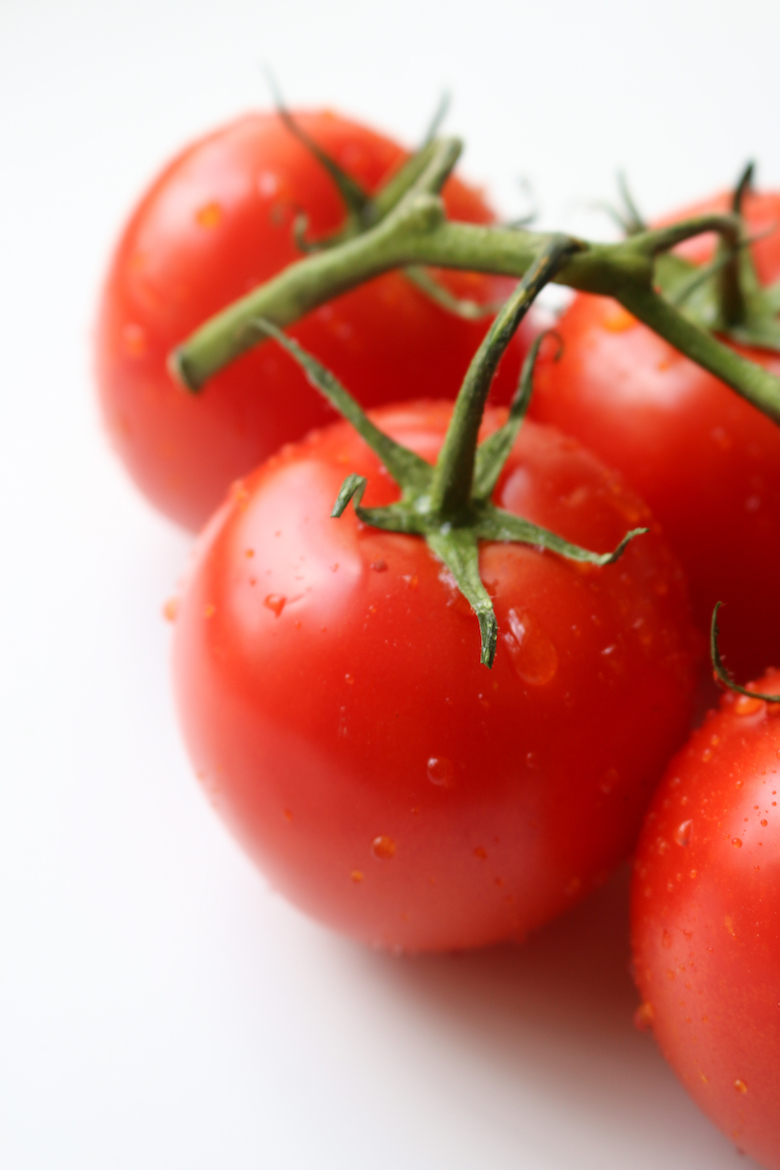

-
HOW TO STORE
When storing tomatoes never put the in the refrigerator; this will deaden the flavor and give the tomato a mealy texture. Most tomatoes will last for about a week if stored at room temperature upside down on the counter, out of direct sunlight.
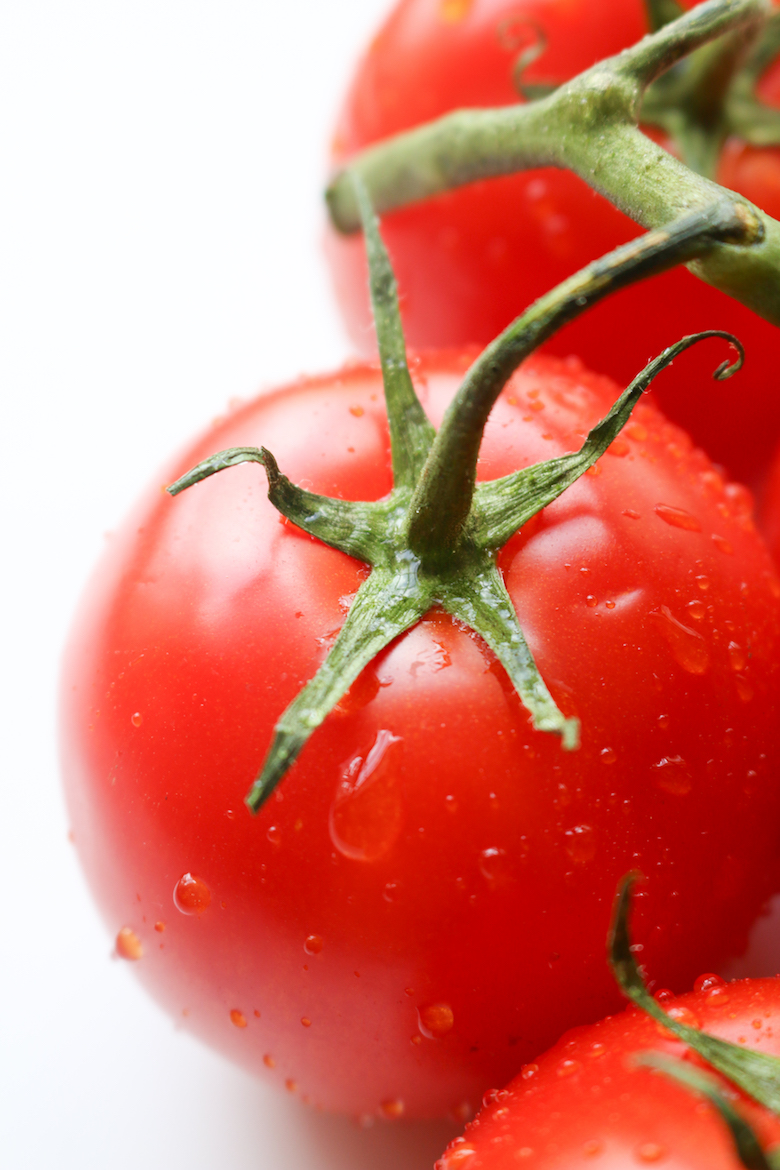
-
HOW TO PREPARE
When preparing tomatoes to be sure to wash them in cold water before use. Slice tomatoes vertically for salads and sandwiches to prevent the juice and seeds from spilling out. For stuffed tomatoes, cut them horizontally to remove the seeds and juice. If you want to peel your tomatoes, mark an X on the bottom of each one and place them in boiling water for about 20 seconds. Remove the tomatoes with a slotted spoon, then plunge them into cold water. The skins should come off easily.
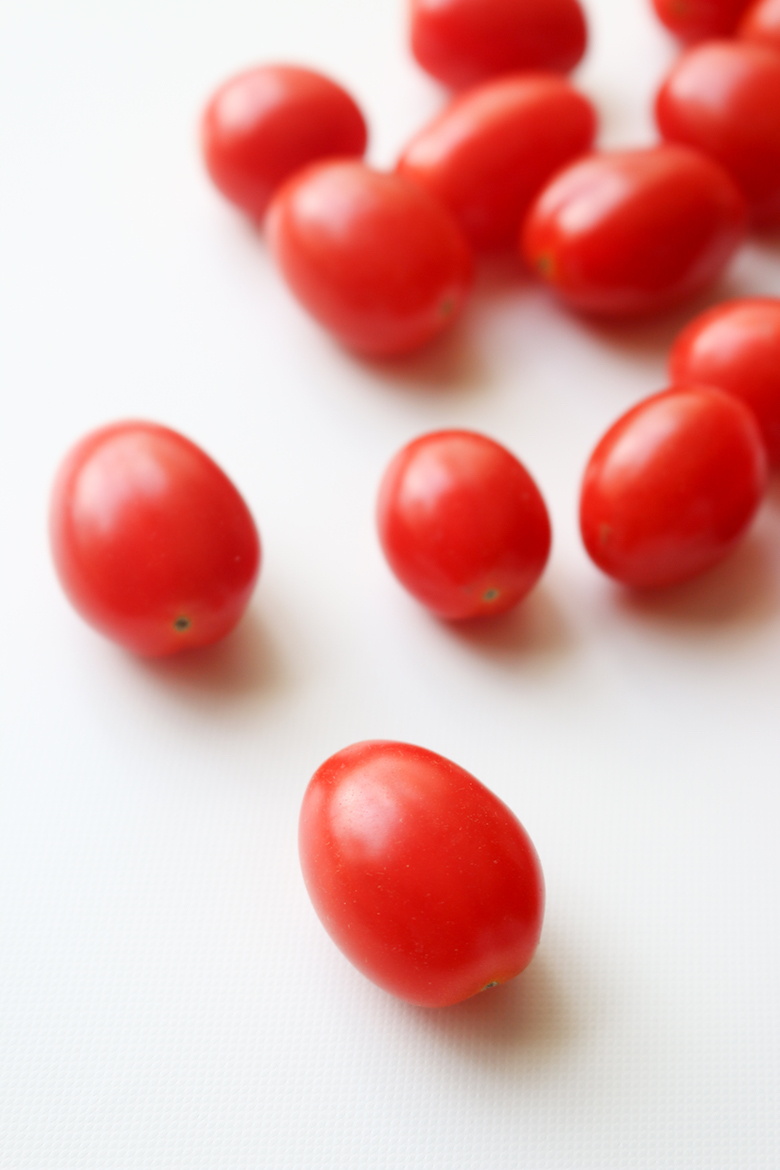
-
TOMATO RECIPES
I love cooking with these! If you’re looking for ways to use your tomatoes, check out our favorite recipes here!
WHAT’S YOUR FAV?
What ingredient do you guys want to learn more about? And if you have a favorite way to eat tomatoes, tag @livesimplynatural or #livesimplynatural so the LSN community can get inspired by your dish too :)
Hugs,


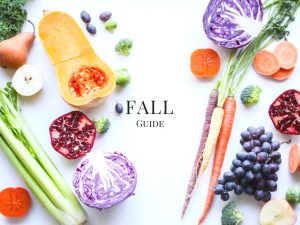
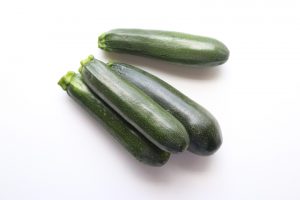
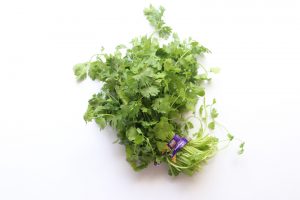
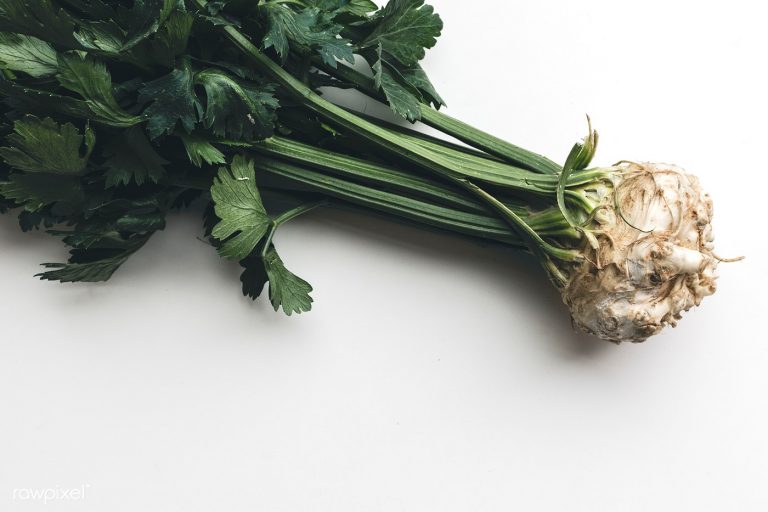

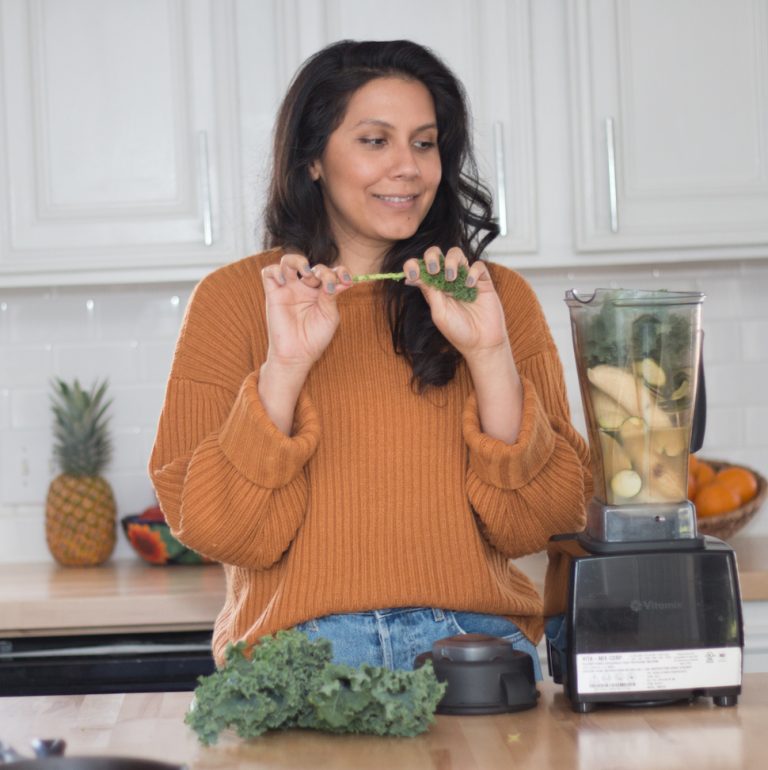
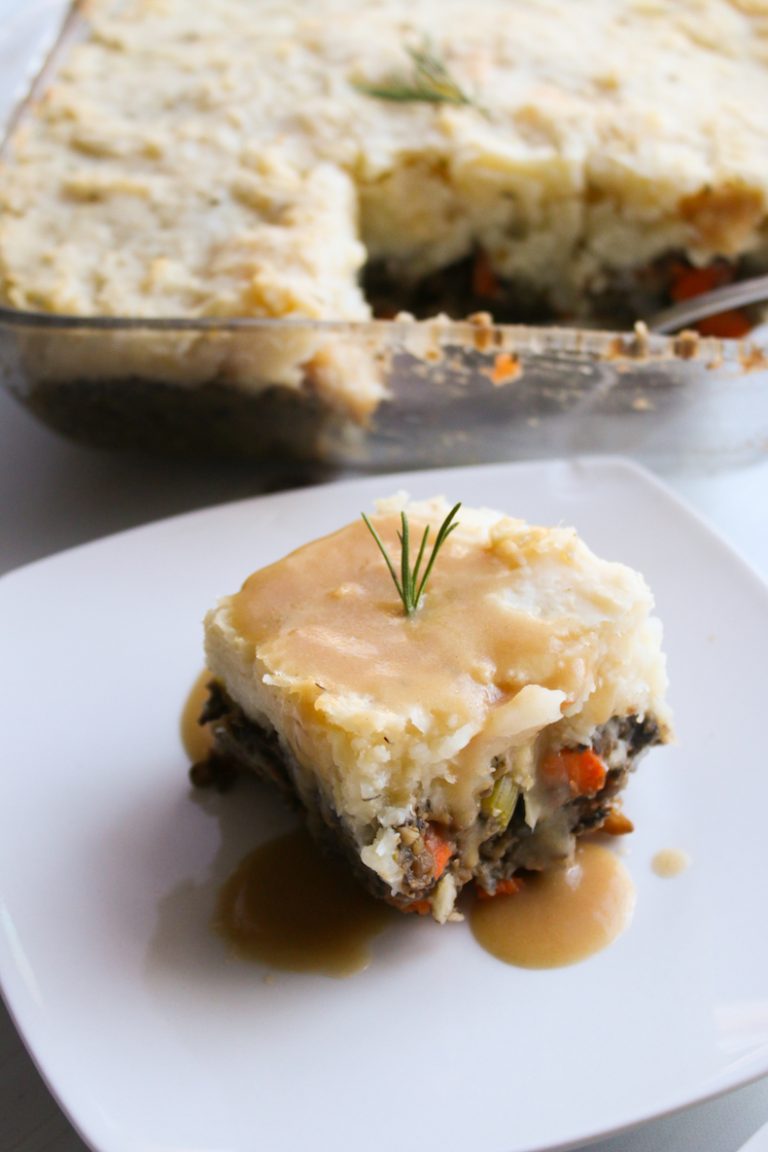
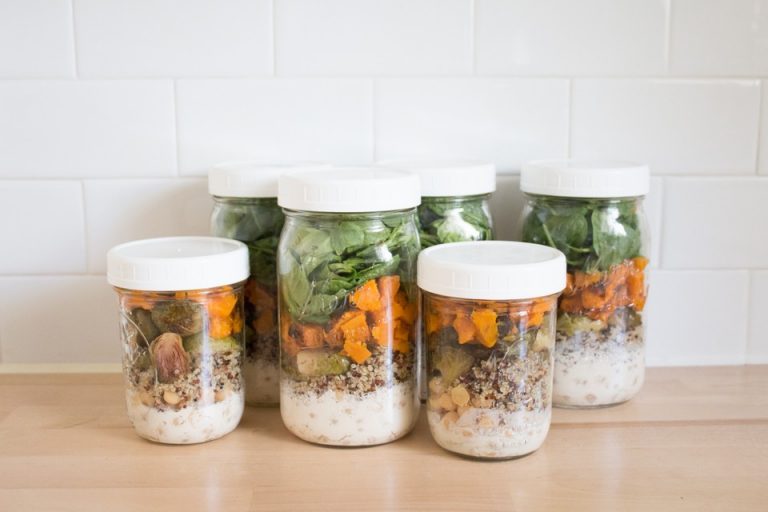


One Comment